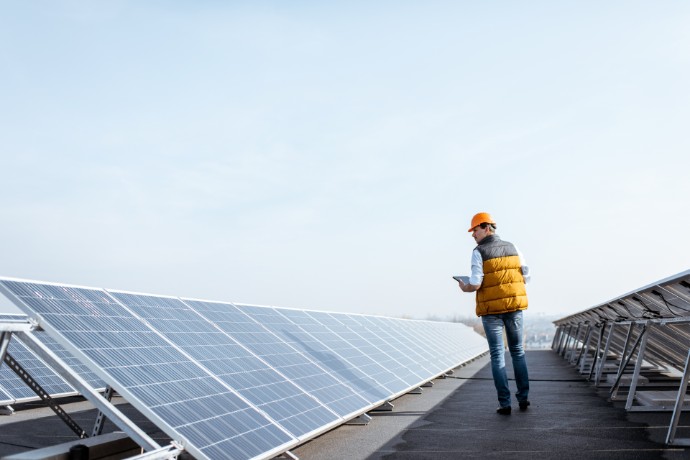The more exciting development is how mining companies across the globe are now thinking about the other natural resources that they have at their disposal.
- Sandra du Toit
Corporate Finance Africa Leader
Reaching a net-zero future will, therefore, require a coordinated effort across all industries, and a leveraging of all available technologies, while still recognising that in South Africa, coal-generated power will remain an important part of our energy mix for the foreseeable future.
South Africa’s renewable energy attractiveness
EY published its 2020 Renewable Energy Country Attractiveness Index (RECAI) in November last year. South Africa had slipped one place from 36 to 37, while a number of other jurisdictions in which the mining industry is a substantive contributor, have improved rankings.
But it’s not a lost cause for South Africa.
There has been much excitement in the mining sector since Mineral Resources and Energy Minister, Gwede Mantashe released a revised Schedule 2 to the Electricity Regulation Act on 26 March 2020, allowing mining companies to generate their own power. The anticipation is that the bulk of this power generation will be from renewable sources, or capturing energy produced by beneficiation processes.
South Africa also announced in September last year that it would organise a procurement program for 11,813MW of new power infrastructure, including 6,800MW of renewable energy to fill its short-term electricity supply gap.
The opportunity for the mining industry
A transition to a low carbon economy is giving the mining industry a license to think about taking its business into the future in a completely new way, as well as contributing to the resolution of our energy crisis.
The obvious winners are the companies producing commodities that are integral to a lower carbon future. Cobalt, copper, lithium, nickel, manganese, vanadium and many others are finding their niche applications in batteries and other components integral to the storage of renewable energy.
GHG emissions
80%of South Africa’s total GHG emissions are from the Energy sector
The more exciting development, however, is how mining companies across the globe are now thinking about the other natural resources that they have at their disposal.
In South Africa, mining companies need to leverage the energy resources available to them to reduce their reliance on Eskom and their exposure to the associated rapidly escalating energy costs. They also need to generate renewable energy, to reduce their carbon footprint, improving their ESG positioning.
These renewable energy resources should endure beyond the life of their mining operations to enhance the sustainability of the communities that surround them.
In Australia, developers have tapped into the country’s sunshine, land and strong winds, to build an entirely new export economy. Last year, Australia has deployed new renewables 10 times faster per capita than the global average, and four times faster per capita than in Europe, China, Japan or the US.
Australia has long been a net exporter of energy, with predominantly coal and gas equalling to around two-thirds of production. As the country’s energy sector transitions to a low-carbon future, however, it seeks to also transform its exports and become a renewable energy export superpower.
Creating ‘energy mines’
Could South Africa’s mining companies play a part in turning some of the vast tracks of empty land around mining operations into new “energy mines” that generate the electricity needed to power our continent?
Based on the World Bank Group’s research, South Africa has better energy intensity characteristics in both solar and wind potential than Australia.
If our mining industry could partner to replicate some of the initiatives that we are seeing in Australia, it could produce power outputs similar to the electricity being generated by South Africa’s newest coal-fired builds, at similar costs, which can be exported as far north of our borders as Kinshasa and the Copperbelt.
That would be a legacy that would endure and change the lives of millions for the better.
Related
Summary
South Africa is beautifully poised with higher energy intensity characteristics that could see the generation of surplus power outputs. If the mining industry comes together, to replicate energy sector transitions that tap into natural and renewable resources, this would reduce their carbon footprint and drive the shift to a green energy future while also providing a much-needed propulsion to sustainability in the communities that surround them.


